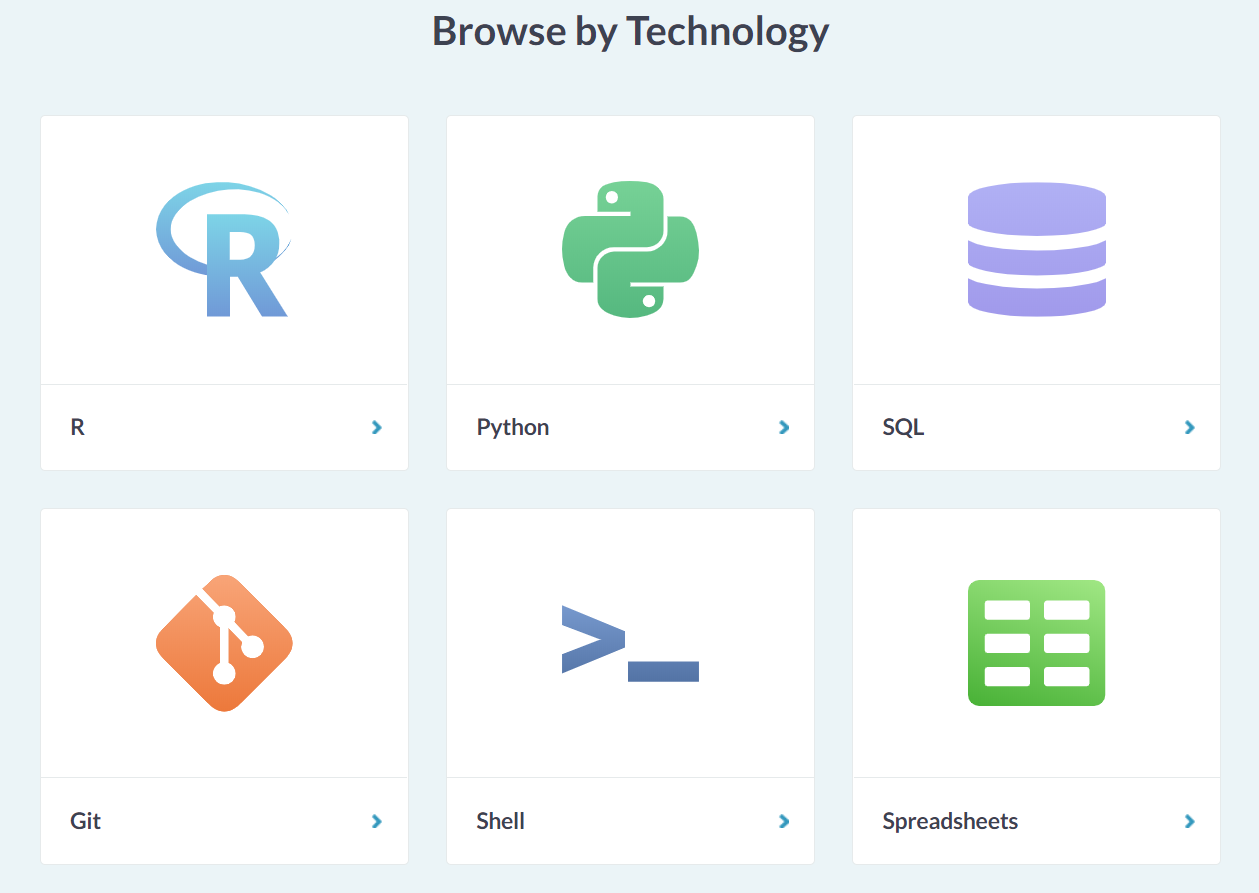A Guide to Learning Data Science
While the last section focused on data science as a profession and explored the job opportunities, this one will dive into data science itself. Consider this the how-to guide for learning the basics of data science - a roadmap for success in the field. If you’re interested in becoming a data scientist, this section will be packed with resources for learning the necessary principles. I’ll cover this in three parts: the statistical foundations, the data science core, and machine learning/AI advancements that are the current frontier of data science. Just as important is the programming side, which I’ll focus on in the next section.
Math, math, math
Though you probably won’t be asked to solve any integrals by hand, the critical thinking and quantitative skills math classes teach is a requirement for becoming a successful data scientist. Subjects such as calculus, linear algebra, and probability are all essential building blocks for the more complex topics you’ll encounter in data science work.
Taking math and statistics courses in college is a great way to learn, where the structure of a classroom and the support of a professor and classmates assist you in conquering these topics. But for those in other majors, or not considering college, there are many online resources for learning these math subjects as well. Khan Academy has free courses on calculus and differential equations. MIT also provides many of its courses free to the public through OpenCourseware, where you can find a large catalog of available classes. For example, here’s an introductory course to probability and statistics from 2014. Another great educational website is edX, which aggregates many of the free courses offered by universities, and there are dozens focused on math and statistics with a data science context.
If you want to learn more about a specific topic without taking an entire class, or you just want to strengthen your knowledge, I would also recommend reading math textbooks. Although textbooks can be dry and at times difficult to get through, they offer the best guided learning outside a classroom. Check out the library in your community for what books they have available, and dig into those pages. If you’re unsure what subjects to focus on or which textbooks to get, look up syllabi of math and statistics courses online and use the textbooks listed there. For example, when I searched up “linear algebra course syllabus”, one of the top links was the syllabus for an Intro to Linear Algebra course by Dr. Glenn Faubert at the University of Rhode Island. Scrolling down to the textbook section, I see his class used “Linear Algebra and Its Applications”, 4th edition by David C. Lay.
image by Ankit Singh
Data Science concepts
I’ve talked a lot about what kind of work you would do as a data scientist without discussing data science itself. This is because data science encompasses such a broad range of uses that it would take a textbook just to cover all the basic concepts and uses. The good news is, just like with the math courses above, there are plenty of ways to educate yourself with free textbooks and public courses. Taking data science courses at your school or following along with the online classes found at the links above is the best way to learn.
There are other resources for learning data science too, besides the traditional classroom or textbook structure. One popular website is DataCamp, which offers informal courses on data science, programming applications, and the many extensions into data analysis and visualization. LinkedIn Learning has a free demo for their data science program, which is taught by a collection of leading professionals. Many programmers have offered guides on how they learned how to apply data science concepts and how to code in their own fields, one great tutorial being by Tina Huang.
image taken from DataCamp’s website
Advanced Applications of Data Science
Once you’ve gotten the basics solidified, and you’ve become familiar with data science concepts and terminology, the next big step is to learn applications of these tools. What these applications will actually be depends on your interests. If you enjoy making charts and graphs, then you may want to look for courses and books on data visualization. Or you may be more interested in the analysis side of things, in which case machine learning and modeling are probably tools you should look into. While you may find yourself leaning more towards one of these uses, it is necessary to build a basic foundation in all of them. To be a stellar data scientist you’ll need to know how to clean data, analyze it, visualize it, and apply models to it.
Your field of interest plays an important role too since the tools that are commonly used in biology can be quite different from those used in economics. If you’re in school, taking electives or specialty classes that use data science in the context of that field can be enormously helpful in not only learning the relevant skills but also getting a glimpse at the work you would be doing after graduation. Outside of classes, finding and reading research papers can clue you in on what you need to learn and what’s on the frontier of your field. Papers are easy to find through Google Scholar searches or browsing the faculty profiles of any school’s department. Reaching out to professionals through LinkedIn, email, or mutual connections can also be a great way to learn the applications of data science currently being used and to get advice on what resources or skills have helped those real-world data scientists the most.
The common denominator across all these applications and interests is that you’ll need to know how to code to produce these results. Whether it's creating charts or building predictive models, you’ll be working with some programming language. So next up, I’ll help get you started on learning how to code!


